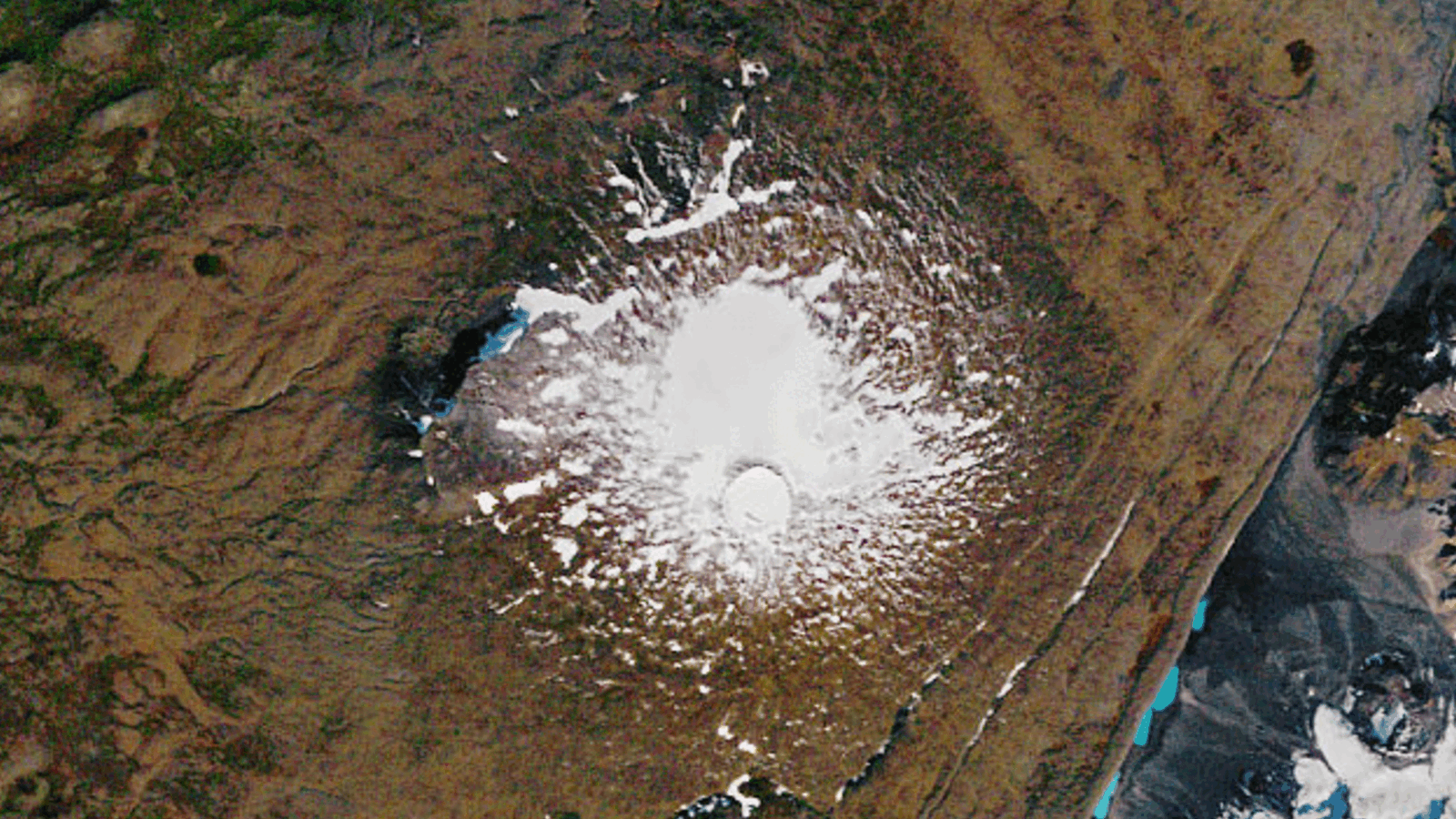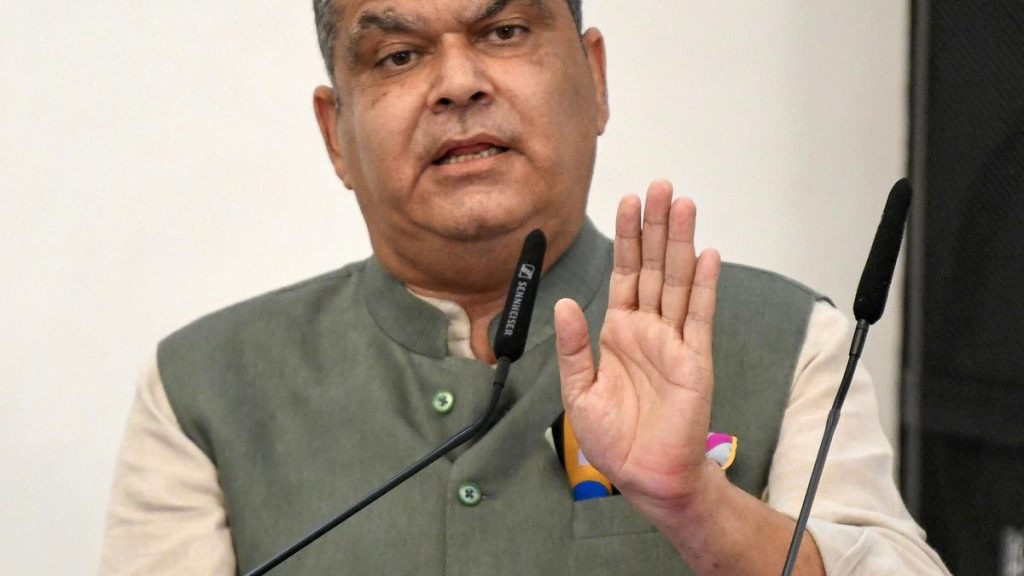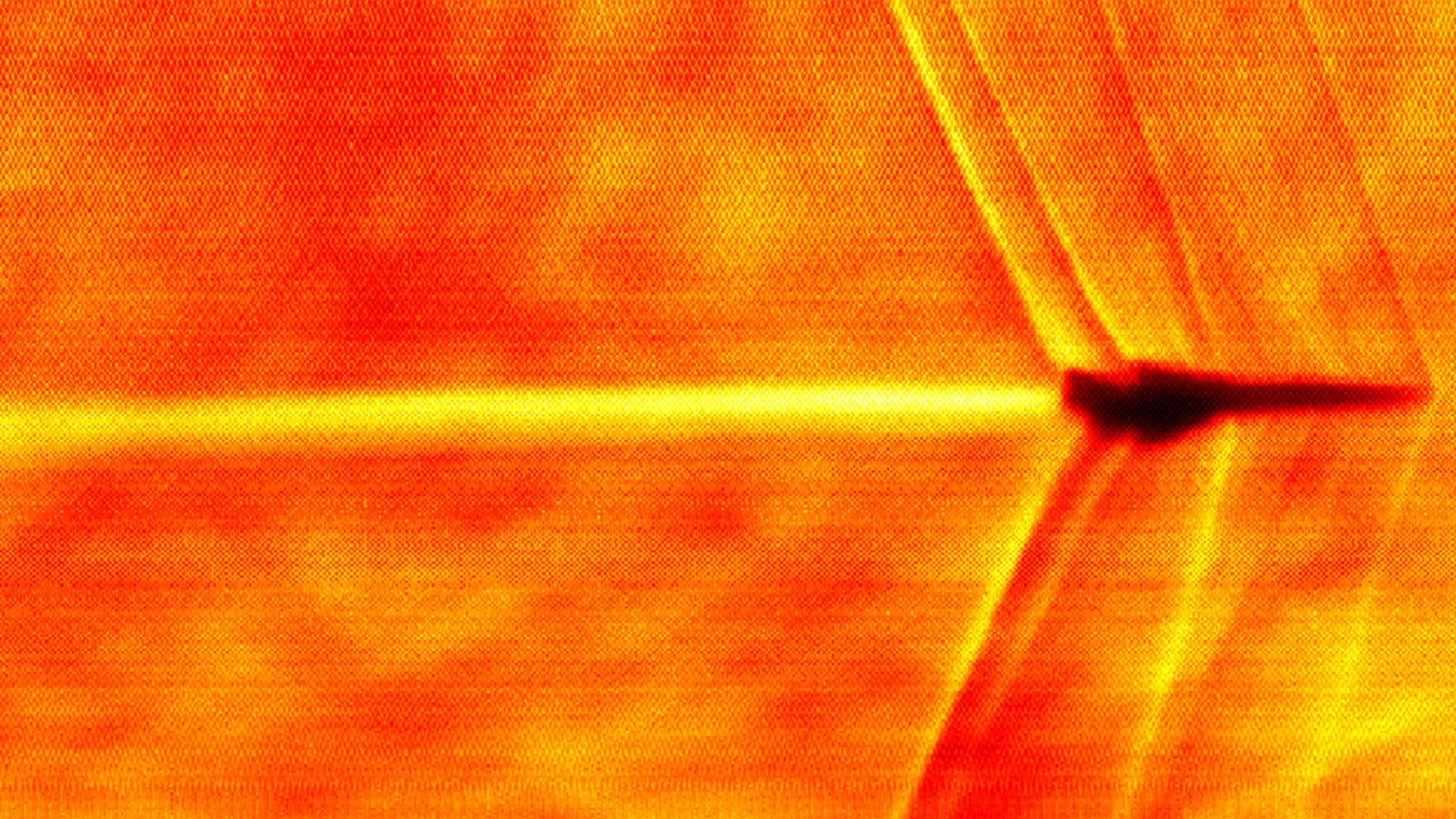Now Reading: First Glacier Lost to Climate Change Documented in Before-and-After Space Images
-
01
First Glacier Lost to Climate Change Documented in Before-and-After Space Images
First Glacier Lost to Climate Change Documented in Before-and-After Space Images

Swift Summary
- satellite photos from 1986 and 2019 show the Okjökull glacier in Iceland has almost completely disappeared.
- The glacier was declared dead in 2014 due to its meaningful loss of mass, ceasing its movement down the mountain.
- OkjökullS ice cover reduced from roughly 15 square miles in 1901 to less than a square mile by 2019.
- The death of the glacier was addressed in a short film titled “Not Ok.”
- A commemorative plaque was placed near the summit during a gathering in August 2019, with messages for future generations regarding climate change effects.
- Carbon dioxide concentrations were recorded on the plaque at over 415 parts per million, now increased to over 428 ppm as of March 2025.
indian Opinion Analysis
the disappearance of the Okjökull glacier highlights a tangible impact of climate change observable through satellite imagery. This serves as both a warning and an example for global communities, including India, where Himalayan glaciers are crucial for water supply. As global carbon dioxide levels rise, similar threats may loom over other vital glacial bodies worldwide. For India, these developments spotlight the importance of rigorous environmental policies and collaborations aimed at mitigating climate impacts. Understanding such global incidents can fuel more adept measures toward lasting resource management domestically.
























